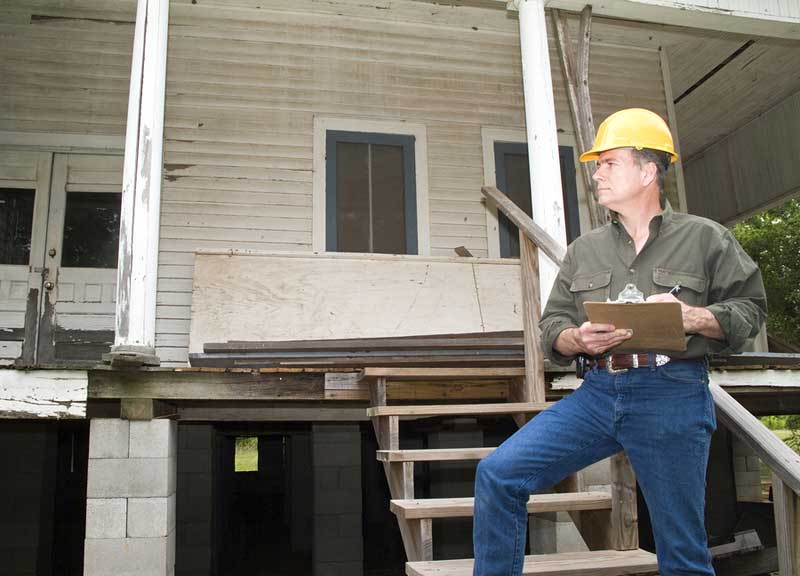In Canberra it is a requirement for the seller to have a building inspection prepared and included in the contract of sale before their property can be marketed. This is a little different from all other states in Australia where the onus is on the purchaser to order a building inspection of the property they wish to purchase.
When looking at the bigger picture, the system in the ACT is fairer as the purchaser has all the information in front of them before they make a decision to purchase a property. Also, should they have their eye on several properties; they don’t need to fork out for several building inspections in order to choose the perfect property.
Once the buyer is found and upon the final sale, the seller is then reimbursed the full cost of the building inspection by the purchaser. This means that although the vendor is out of pocket originally, the buyer will eventually pay them back and only one report is required to be produced.
The building report is broken into several sections as outlined below:
Part 1 – Building Inspection
A building inspection is the visual assessment of a property to check for defects. It is an indication of the overall condition of the property. It generally works room by room and summarises the condition of each. It also covers all electrical work, plumbing and drainage, condition of windows and doors, fittings and fixtures within the home, kitchen cabinetry, walls, underfloor space, the roof and roof space, driveways, retaining walls, outbuildings and guttering and drainpipes.
Part 2 – Pest Inspection
A significant factor and determinant of purchasing a home is to ensure that it is not infested or damaged by termites. Termites can be extremely difficult to eradicate and damage is costly to repair. Pest inspections include timber in the roof and flooring of the house, outbuildings and also fencing. Timber pests can travel up to 50 meters through the ground so it is important to include fencing to ensure the report is thorough.
Part 3 – Compliance Report
When building or adding onto your property you are required to seek development and building approval from the council. If approval is not granted, the construction becomes classified as an unapproved structure and risks being forcibly removed should an unforseen circumstance arise. A compliance report looks at all the structures on the property and outlines whether approval has been granted and whether it is required.
Part 4 – EER Report
Energy efficiency rating measures the thermal performance of a home or the efficiency in which a home maintains its heating or cooling. This was originally displayed on a star scale of zero to six stars with zero being poor and six being very good. With advances in technology and a focus on being environmentally friendly new buildings have gone beyond the six star rating and it’s now possible to get an eight star energy rating, applicable only to brand new developments.
In summary building reports are there to provide information to both the seller and the purchaser. Knowledge of any potential defects in a property gives fair ground for transparent price negotiation and opportunity for all parties to remain satisfied throughout the whole process.


